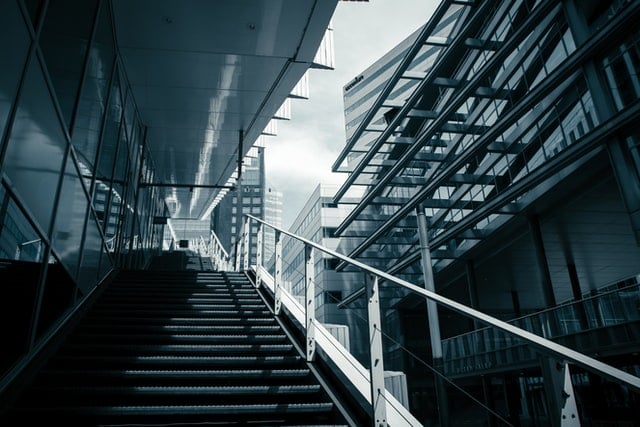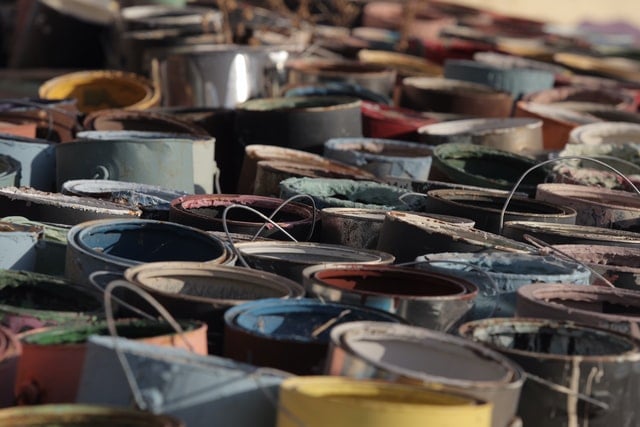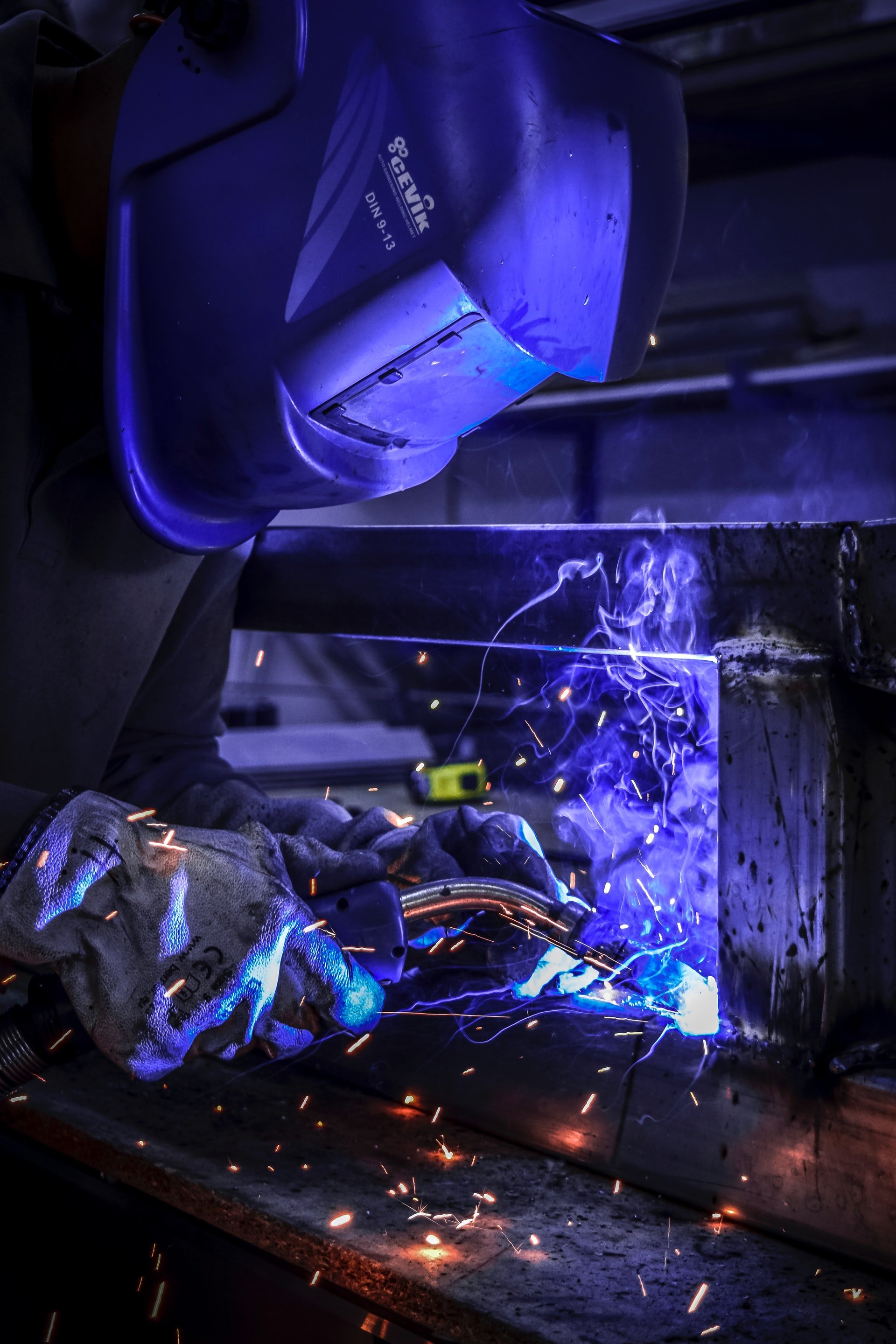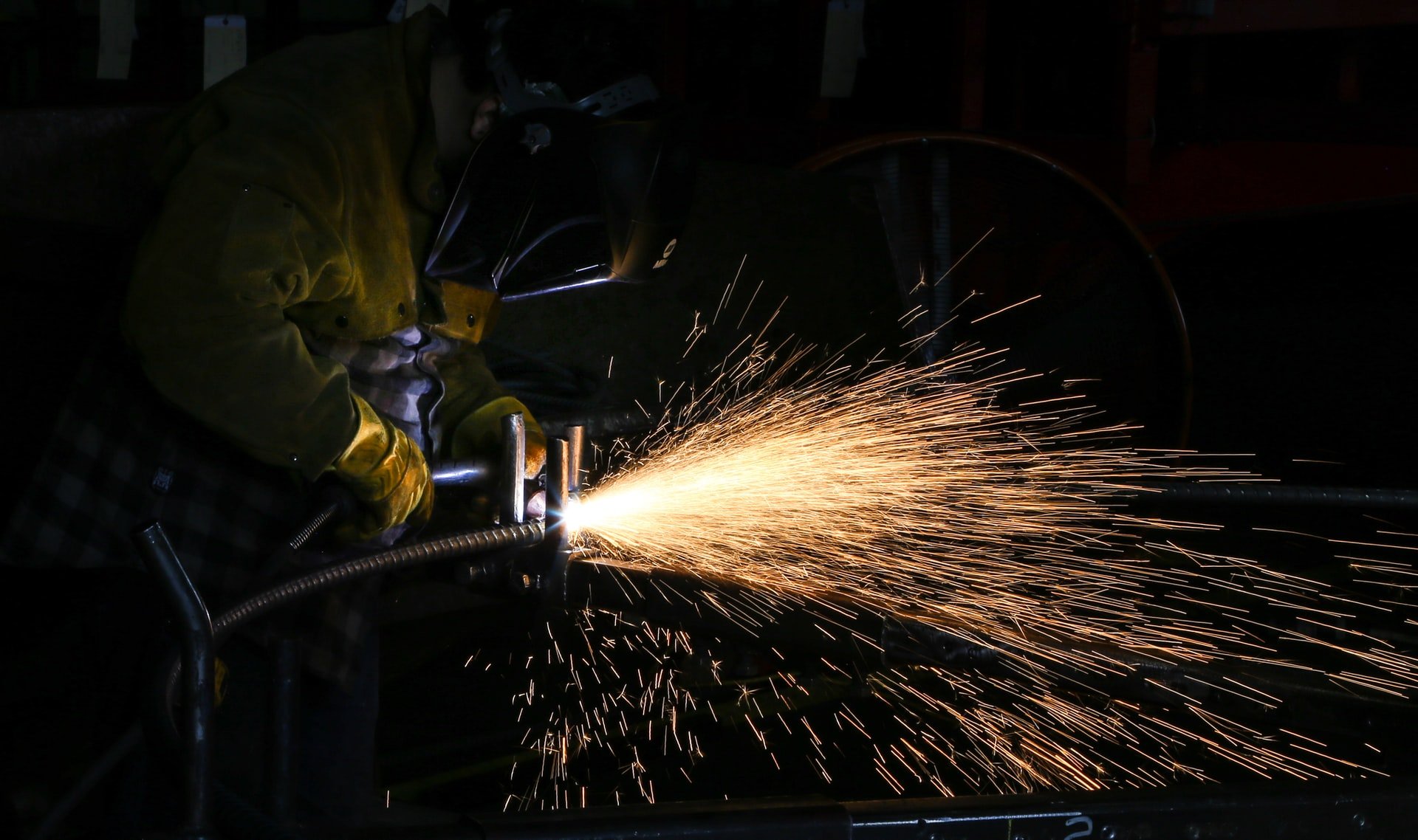 Soda blasting is an effective alternative to sand blasting on many industrial cleaning projects, especially where sandblasting can pose a risk of harm to delicate surfaces. The purpose of soda blasting is to remove impurities from steelwork (and industrial equipment), to prepare it for a protective coating. The blasting process enables optimum adherence of the coating to the steel, preventing issues such as bubbling, flaking and uneven coverage.
Soda blasting is an effective alternative to sand blasting on many industrial cleaning projects, especially where sandblasting can pose a risk of harm to delicate surfaces. The purpose of soda blasting is to remove impurities from steelwork (and industrial equipment), to prepare it for a protective coating. The blasting process enables optimum adherence of the coating to the steel, preventing issues such as bubbling, flaking and uneven coverage.
Why Choose Soda Blasting Over Sandblasting?
The process of soda blasting and sand blasting are essentially the same; the crucial difference being that soda blasting uses a pure sodium bicarbonate solution, as opposed to a stream of silicon sand. This makes soda blasting more environmentally friendly. It is also less aggressive on the surface of the steel.
Soda blasting can be used very effectively to remove grease, caked dirt, indelible stains and paint from most surfaces. It is affordable and fast – it takes less than two minutes to blast a square foot of bare steel to a clean surface.
Here are the main benefits of soda blasting when used to clean industrial equipment:
1) All In One Solution
Cleaning and preparing industrial equipment for repainting or a protective coating involves several steps. Degreasing, cleaning and abrasive surface preparation, for instance, are often distinct stages, all requiring time and effort. With soda blasting, the stream of sodium bicarbonate effectively de-coats and cleans the surface in one stage. This makes the steel fabrication process easier, faster and cheaper.
2) No Need To Re-Profile The Steelwork
Using other abrasives (such as sand) might expose the steel surface under the grime and stains. The intense cleaning routine of sand blasting can even damage the surface itself – leading to additional problems when it comes to recoating. This is not the case with soda blasting. Although powerful enough to remove contaminants, sodium bicarbonate is extremely gentle on the steel itself. This negates the need to re-profile your steel before treatment.
3) Minimum Solid Waste
Sand blasting creates a large volume of solid waste; a slurry of paint, grease, steel fragments and the sand itself, which must be disposed of carefully to avoid environmental damage. Soda blasting, on the other hand creates minimal solid waste as the solution itself is easily dissoluble in freshwater. With the relevant discharge permits, the solution can easily be purified and the water recycled.
4) Prevents Rusting
Unlike some other cleaning and blasting techniques, soda blasting does not facilitate rusting. The pure sodium bicarbonate used in soda blasting inhibits the formation of the acids that normally cause rusting. When the metal becomes incapable of releasing ions, it can’t react with oxygen and hence is less prone to rust.
With all these benefits associated with soda blasting, there is no surprise that many businesses are starting to explore this option over sand blasting and other cleaning methods. At GLW engineering, we have an experienced team of engineers who can carry out soda blasting in-house for all types of industrial equipment and steel fabrications. With dedicated facilities, we use soda blasting to safely remove contaminants and clean multi-layered surfaces prior to treatment.
Download Our FREE E-book
We offer a range of steel fabrication solutions for commercial building and civil engineering projects of all sizes. For more information, please call one of our team on 01945 464 637. Please also download our free e-book: The Guide To Shot Blasting & Powder Coating by clicking here.













